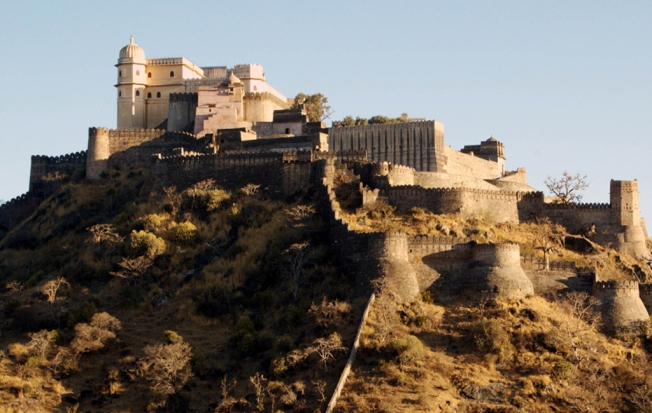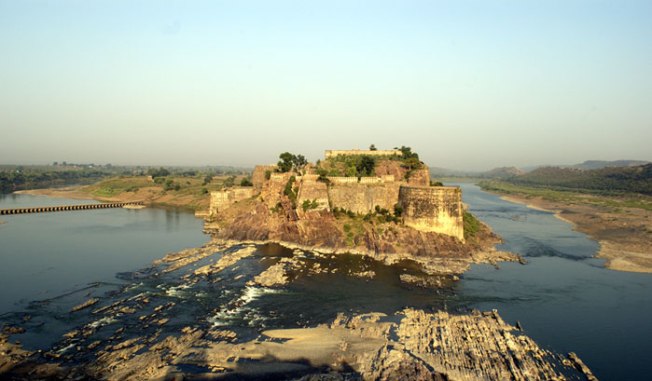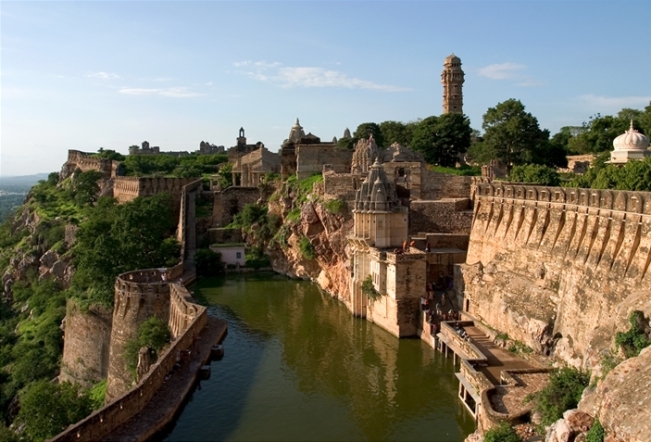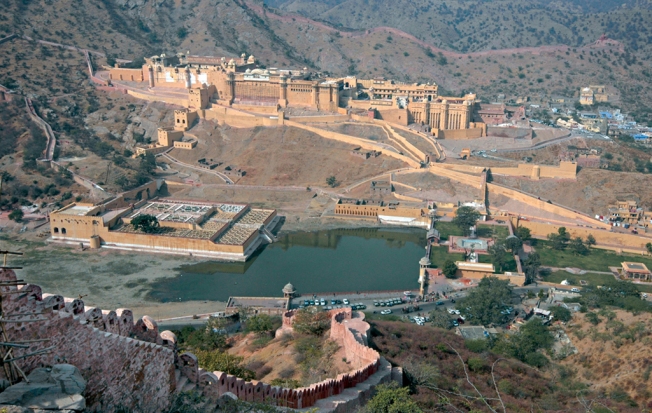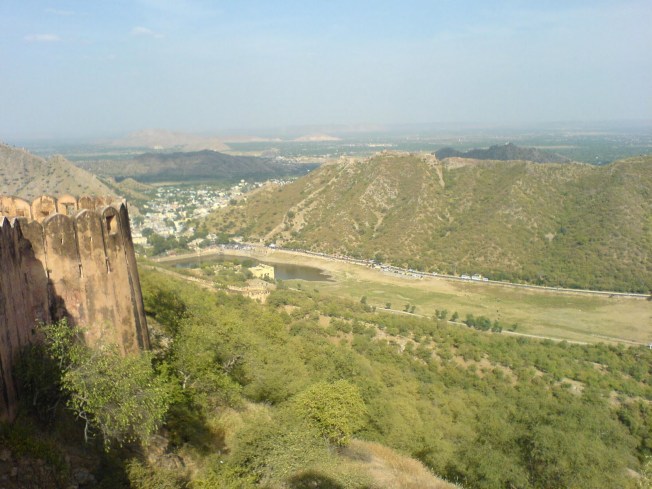Rajasthan is a rich blend of colours, cultures, festivals, celebrations and traditions. For some it is the festivals that attract them towards the state while others visit the state for its royal grandeur. There are certain other elements that distinguishes or we can say highlights Rajasthan on global arena – its unusually incredible and unique places, people and ceremonies.
Today we’ll introduce to you an incredible man who offers great pride to his moustache. Oh no, not the usual moustache……..
Ram Singh Chauhan from Rajasthan is inching his way to a hair-raising record as the owner of world’s longest moustache according to the Guinness Book of World Records. The 58-year-old is the proud owner of the world’s longest moustache – at an astonishing 14 feet long.
Chauhan, who hails from the city of Jaipur in Rajasthan state, says his whiskers are his ‘most prized possession’. He has spent an incredible 32 years cultivating the tash – which he spends two hours a day grooming.
Chauhan, whose facial fur has even landed him a part in the James Bond movie ‘Octopussy’, said: ‘Growing a moustache is like taking care of a baby – you really need to nurture it. ‘It has taken me a long, long time to get it to 14 feet. It’s not been an easy task.’ Chauhan started growing his moustache during his late teens. ‘I haven’t used a shaving blade on my moustache, or trimmed them since 1970,’ he said. ‘The moustache is the symbol of pride and respect.
In ancient India, a moustache meant everything. ‘It is priceless. It’s a man thing.’ Chauhan, whose feat has been recognized by the Guinness Book of World Records, is still cultivating his tash. Despite a number of contenders to his title, no others have come close to the mark. He said: ‘When I first started to grow my moustache, I did not intend to break any record. His long hair has turned him into an international celebrity with people jostling to be photographed with him, wherever he goes.
These are currently the longest moustache in the world we will see if someone will try to beat the world record.







